Figure 1:
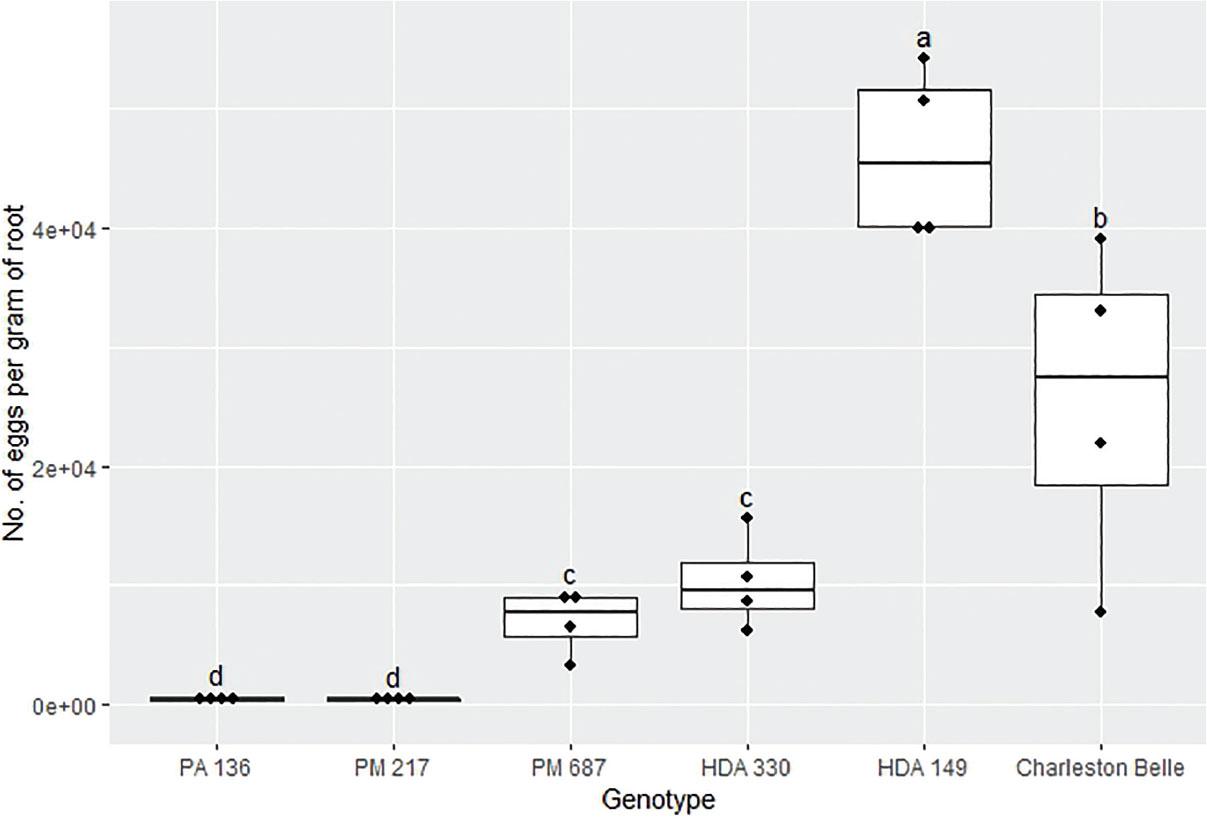
Figure 2:
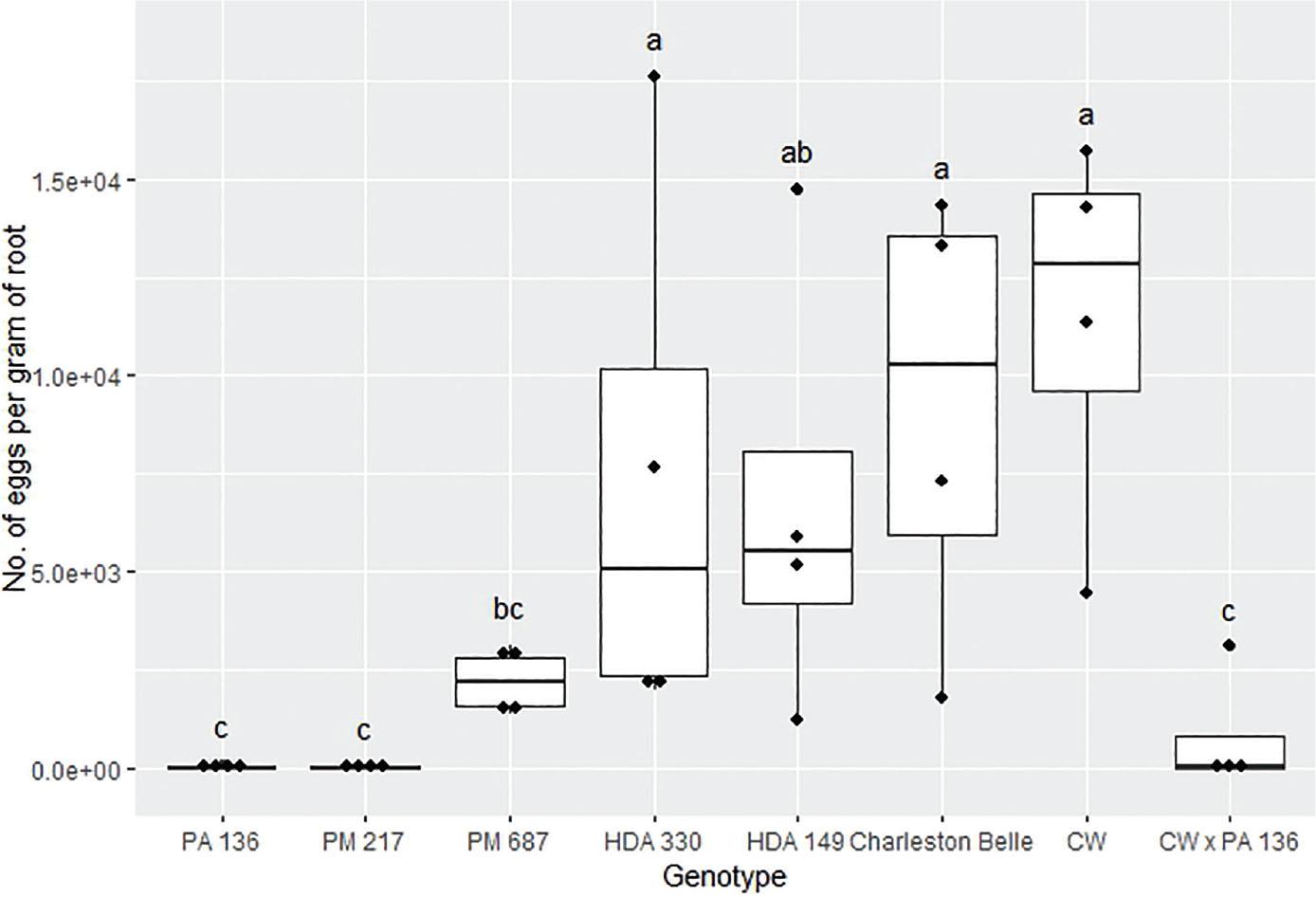
Figure 3:
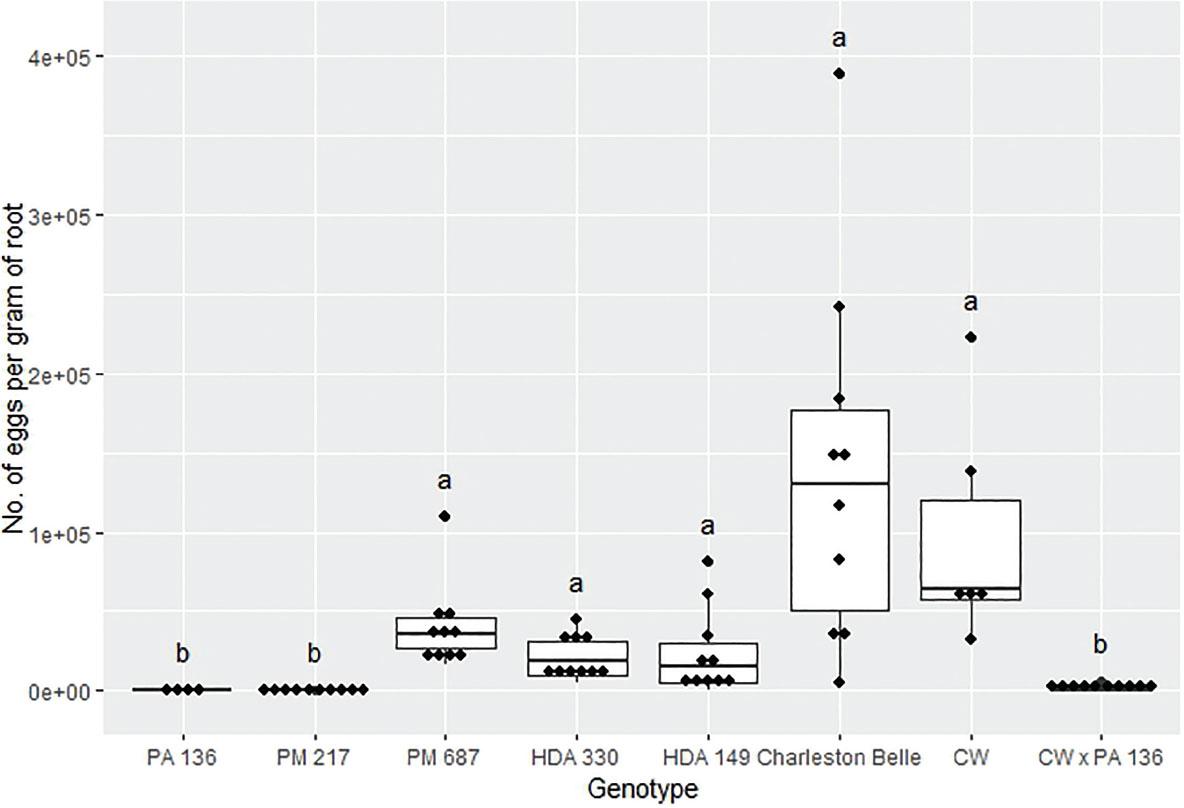
Figure 4:
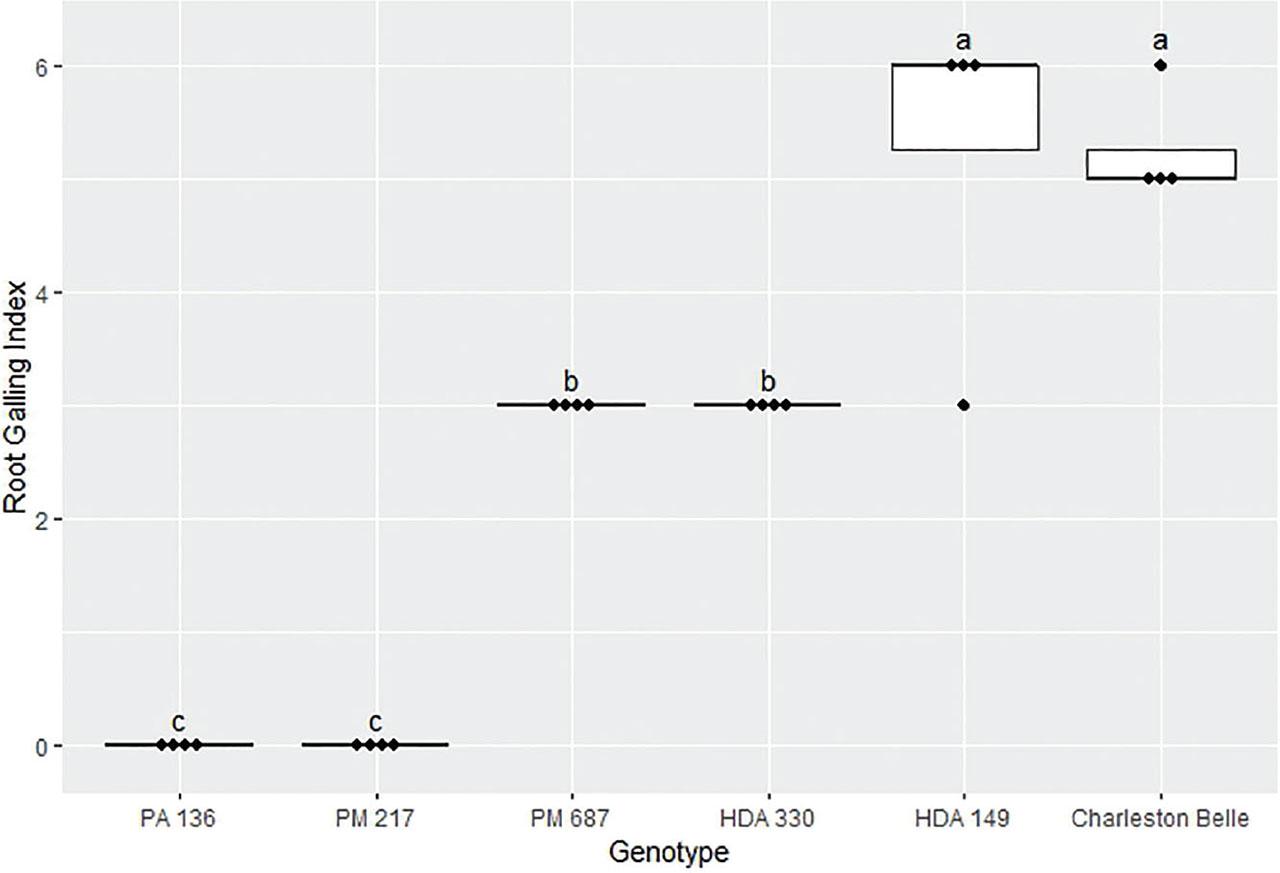
Figure 5:
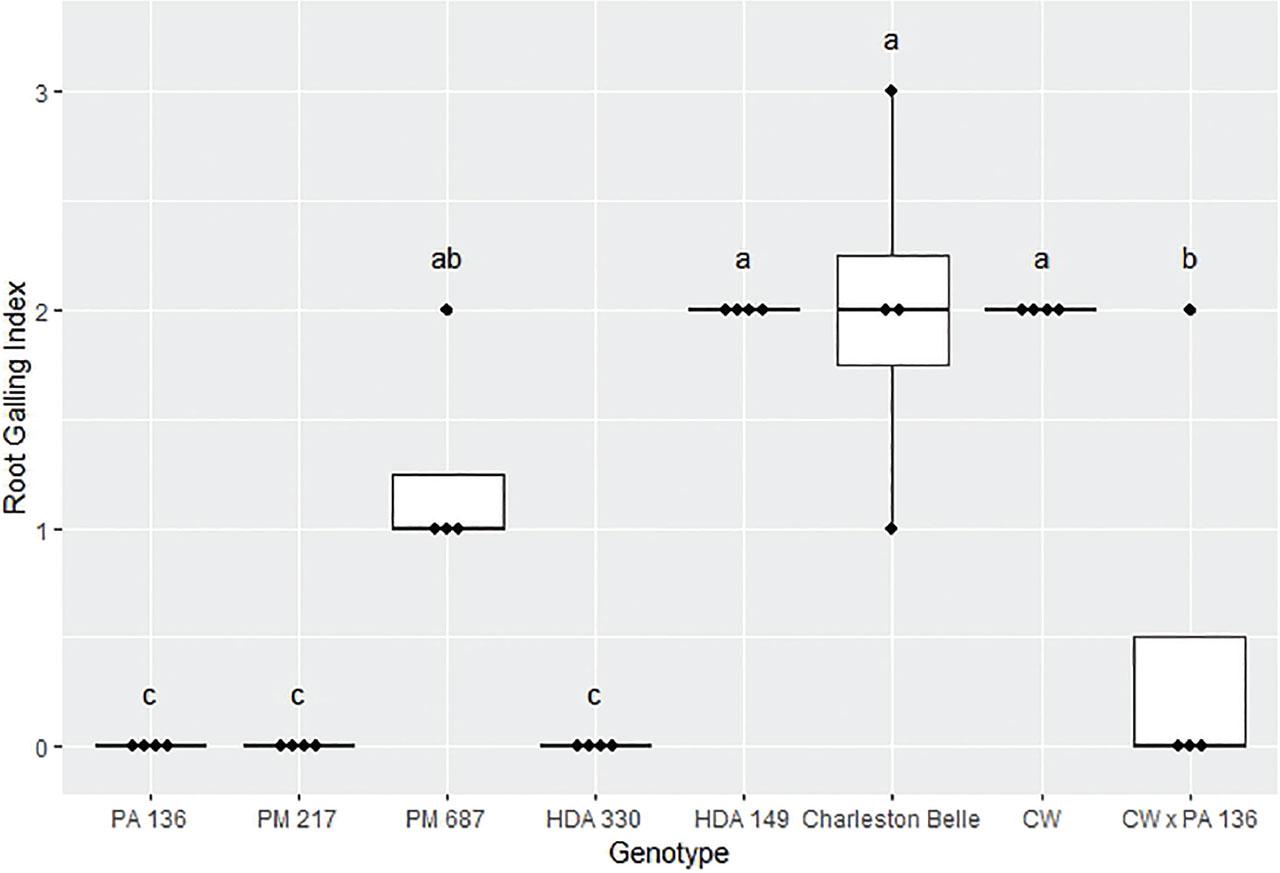
Figure 6:
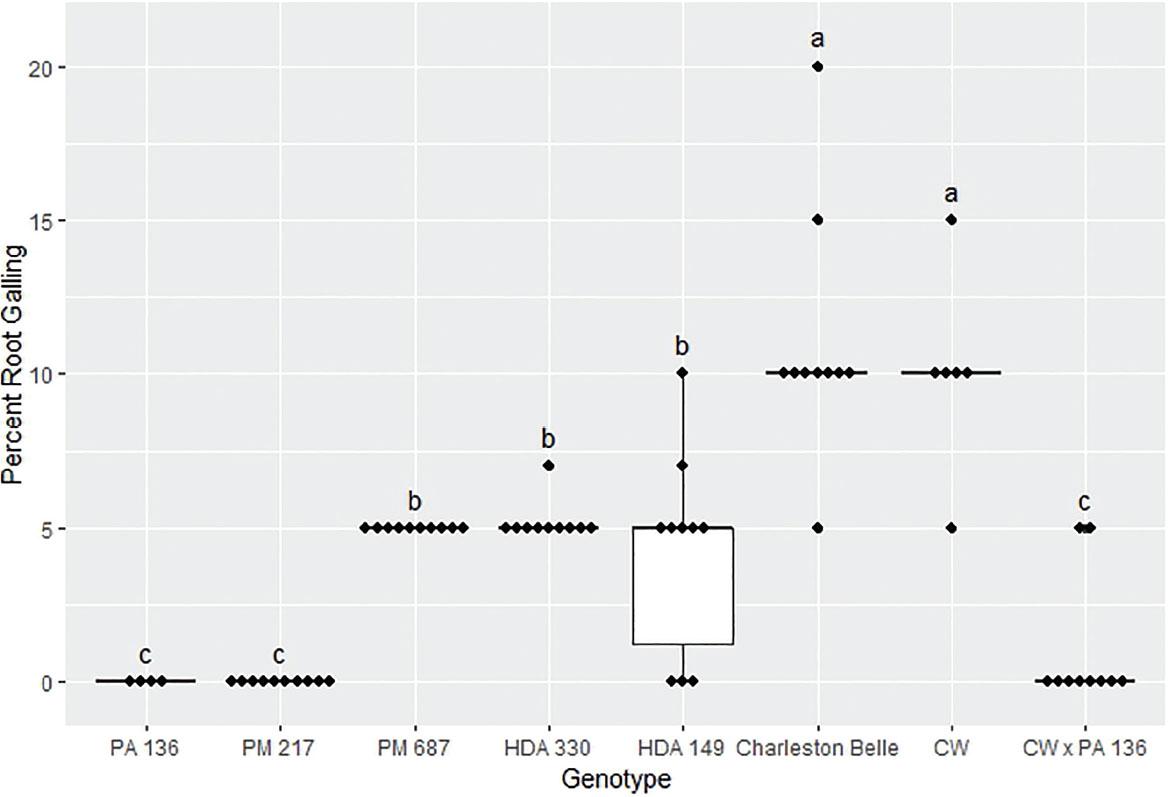
Pepper genotypes and their corresponding gene(s) for resistance employed in the current study_
| Pepper genotype | Known RKN resistance gene(s) | Reference |
|---|---|---|
| ‘Charleston Belle’ | N | Fery et al., 1998 |
| HDA 149 | Me3 | Djian-Caporalino et al., 2007 |
| HDA 330 | Me1 | Djian-Caporalino et al, 2007 |
| PM 217 | Me1, Me2 | Djian-Caporalino et al., 2007; Berthou et al., 2003 |
| PM 687 | Me3, Me4 | Djian-Caporalino et al., 2007 |
| PA 136 | None | Dukes et al., 1992 |
| ‘Carolina Wonder’ (CW) | N | Fery et al., 1998 |
| CW X PA136, F1 Hybrid | N | This study |